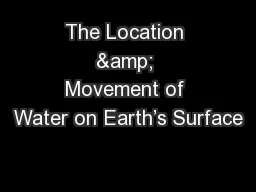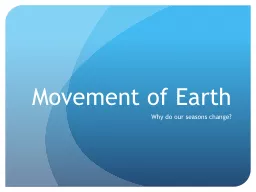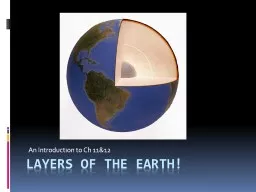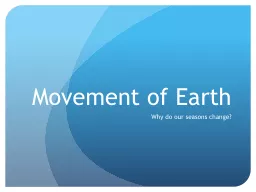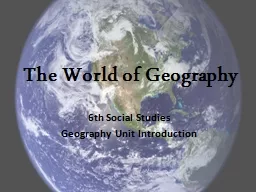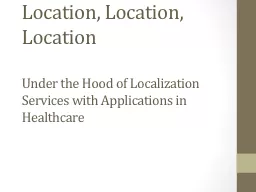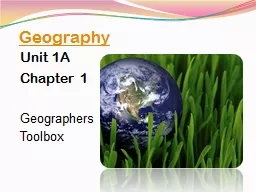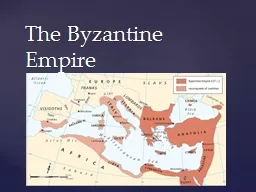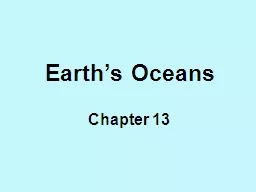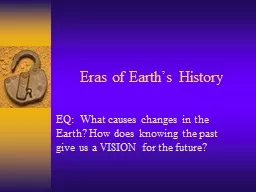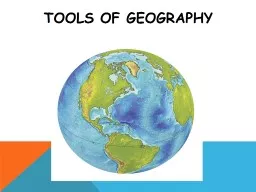PPT-The Location & Movement of Water on Earth’s Surface
Author : phoebe-click | Published Date : 2016-07-16
Y ou must know where water is h ow water moves AND w hy water is an important abiotic nonliving factor within an ecosystem Where does water go When water falls to
Presentation Embed Code
Download Presentation
Download Presentation The PPT/PDF document "The Location & Movement of Water on ..." is the property of its rightful owner. Permission is granted to download and print the materials on this website for personal, non-commercial use only, and to display it on your personal computer provided you do not modify the materials and that you retain all copyright notices contained in the materials. By downloading content from our website, you accept the terms of this agreement.
The Location & Movement of Water on Earth’s Surface: Transcript
Y ou must know where water is h ow water moves AND w hy water is an important abiotic nonliving factor within an ecosystem Where does water go When water falls to Earth some water soaks into the ground becoming part of groundwater. com Why do our seasons change?. Rotation V/S Revolution. Rotation. is the . spinning. of a moon or planet on its . AXIS. Revolution. is planets . movement around. a star or moons movement around a planet.. An Introduction to Ch 11&12. Regions of the Earth. The Earth is made up predominantly of two major regions:. A predominantly molten, central core. A mostly solid outer mantle and crust. Hydrosphere and Crust . Why do our seasons change?. Rotation V/S Revolution. Rotation. is the . spinning. of a moon or planet on its . AXIS. Revolution. is planets . movement around. a star or moons movement around a planet.. 6th Social Studies. Geography Unit Introduction. What is Geography?. . . Geography is the study of the Earth and everything on it.. Geography shows the relationship between people and the environment.. Learning Target:. What is necessary for life to be present in our solar system?. Science Starter:. Pg. 2 Life on Earth Workbook…Answer question 1. Supplies: Life on Earth Workbook. 1. Heartbeat. 2. Return Papers. Under the Hood of Localization Services with Applications in Healthcare. Outline. Location-based . services (LBS). Localization techniques. Localization systems. Issues. Why do Companies and Governments Want Your Location Information?. Geographers. Toolbox. Thinking Globally. “Geo”-earth. “. graphy. ”-to write. Geographers ask “where” things are and “why” they are there. Geography-The study of the distribution and interaction of physical and human features on the earth.. What does Constantinople’s unique location offer?. Harbors offer safe shelter for fishing boats, trading ships, and warships.. Crossroad of trade routes between Europe and Asia= $$$. Secure land location on a peninsula, easily defended. . How does the atmosphere support life?. The atmosphere allows us to breathe. Many different types of organisms need oxygen to perform life processes. Plants require carbon dioxide to undergo photosynthesis. . biopsychosocial. , informed by systems theory, and various theories of therapy. .. . . www.adta.org/. Lora Wilson Mau, MA, BC-DMT. www.92Y.org. www.antioch.edu. www.octaband.com. www.disarmingtheplayground.com. In your science log, try to answer the following questions based on what you already know:. How have Earth’s oceans changed over time?. Name two ways scientists study the ocean without going underwater.. Eras of Earth’s History EQ: What causes changes in the Earth? How does knowing the past give us a VISION for the future? Precambrian Time Eon Precambrian Time Eon 4.6 billion years ago-545 million years ago The . study of the human and . . nonhuman. . features . of . . . . Earth. , our . . . . home. .. Geography: The Study of Earth 1.1. Cardinal Directions. Cardinal directions are North, South, East, and West..
Download Document
Here is the link to download the presentation.
"The Location & Movement of Water on Earth’s Surface"The content belongs to its owner. You may download and print it for personal use, without modification, and keep all copyright notices. By downloading, you agree to these terms.
Related Documents

